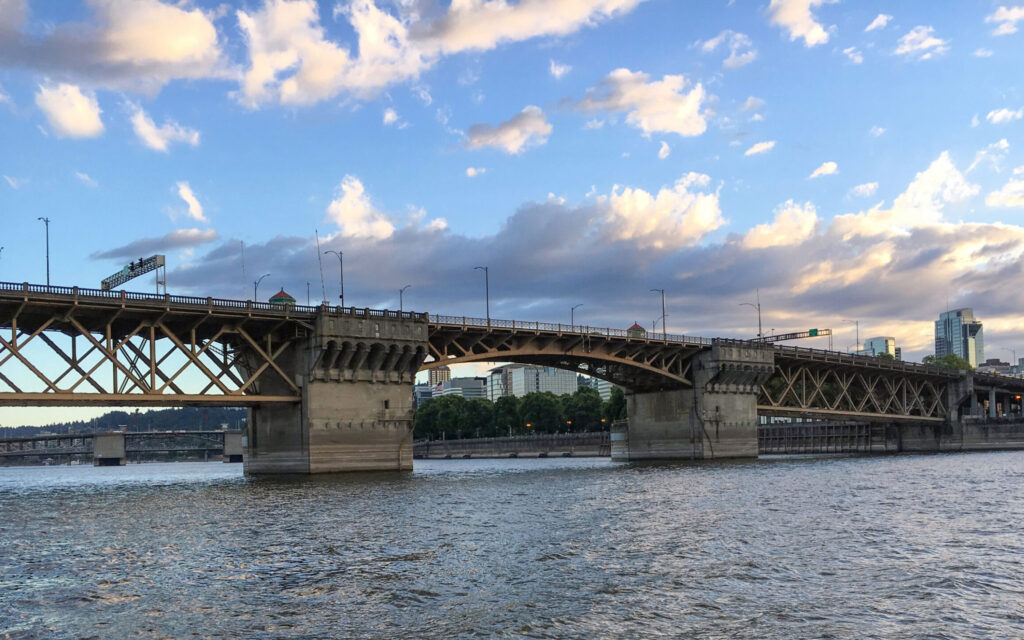As part of the regional lifeline system for the Portland metropolitan area, Burnside Street is a designated east-west route that will be critical for emergency response and recovery after a major disaster. However, like the other aging bridges across the Willamette River, the existing Burnside Bridge is not expected to survive the next Cascadia Subduction Zone (CSZ) event. The purpose of this project is to create a seismically resilient Burnside Street lifeline crossing that will be usable immediately following a major CSZ earthquake.
Parametrix is providing engineering and environmental services to Multnomah County. As a primary subconsultant, Parametrix has led the Planning and Environmental Linkages (PEL) strategy, NEPA compliance, environmental management, floodplain modeling for bridge support design, traffic modeling, and roadway engineering, and has supported bridge design.
Our initial 2-year contract focused on completing a feasibility study. To ensure that this work would be NEPA-compliant, Parametrix recommended and then led the development of a PEL strategy that guided the approach to develop early products, conduct a preliminary screening of alternatives, adopt planning phase decisions, and help guide public and agency involvement.
Because FHWA headquarters had no past examples of projects that had completed the PEL and NEPA process using the latest PEL guidance, they were keenly interested in our approach. We coordinated with FHWA and ODOT as NEPA joint lead agencies to develop and implement the PEL strategy. FHWA reportedly used it as a model for projects that followed.
